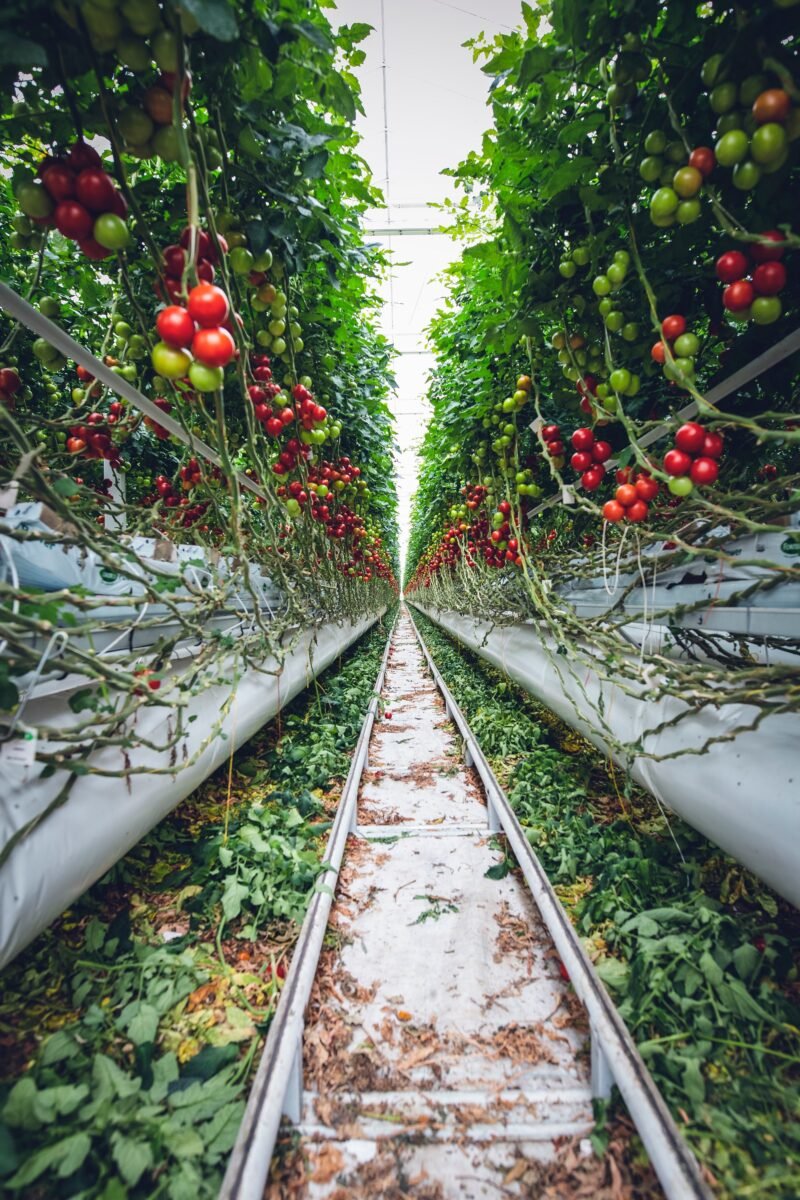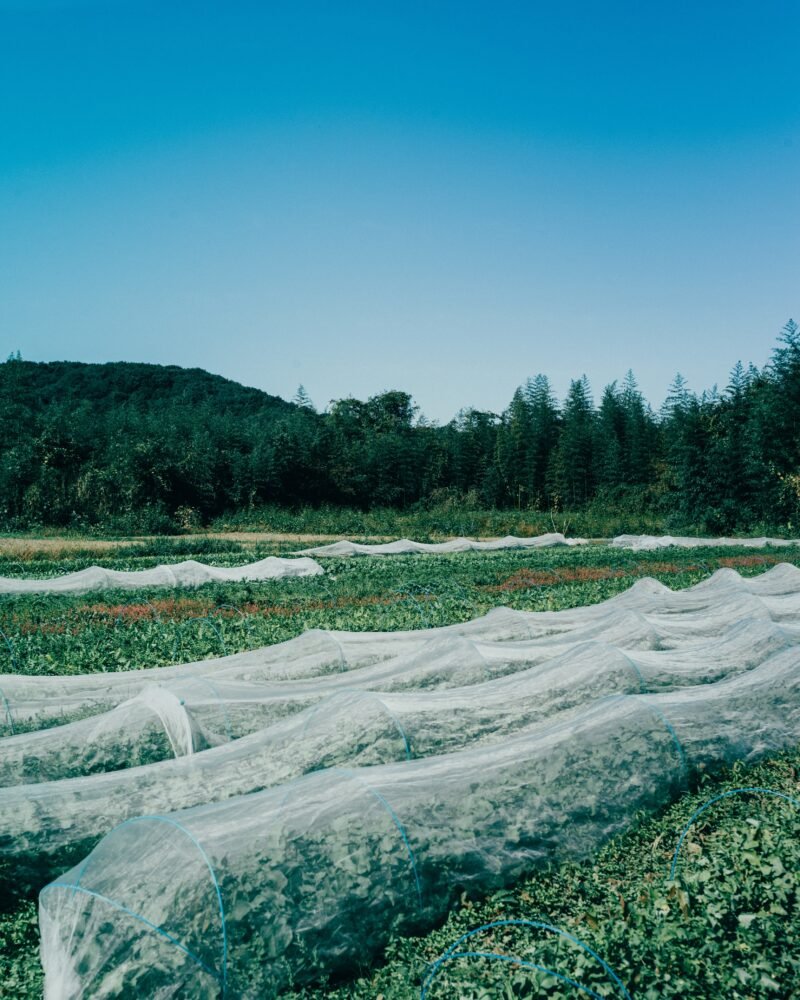Farming The City: Food As A Tool For Today’s Urbanisation
 With the popularity of food trucks, food-apps, and pop-up restaurants, preoccupation with what we eat has never been greater. Along with our eating obsession, urban agriculture has been fervently adopted by conscious urbanites seeking to reconnect with their food. The principles that guide many urban agriculture projects and initiatives, however — a do-it-yourself ethos, a preference for bottom-up, community planning, and hyper-localized solutions — don’t lend themselves to the forming of a unified social movement capable of major change at a global scale.
With the popularity of food trucks, food-apps, and pop-up restaurants, preoccupation with what we eat has never been greater. Along with our eating obsession, urban agriculture has been fervently adopted by conscious urbanites seeking to reconnect with their food. The principles that guide many urban agriculture projects and initiatives, however — a do-it-yourself ethos, a preference for bottom-up, community planning, and hyper-localized solutions — don’t lend themselves to the forming of a unified social movement capable of major change at a global scale.
Seeing an opportunity to unite the wide-ranging efforts of urban farmers worldwide, CITIES Magazine and Trancity have published Farming the City: Food as a Tool for Today’s Urbanisation. Farming the City’s mission is to link international activists and thinkers to increase their potential for positive impact on society, actively ‘joining the dots’ between independent initiatives around the world. Farming the City provides a platform for knowledge-sharing, motivation and inspiration for the diversity urban farmers worldwide.

A central message of the book is how food can be used as a tool for urban development. With thoughtful planning, clustering and the facilitation of local food projects, the book argues that we can dismantle the urban paradox that “the closer we cluster together, the further removed we get from our sources of sustenance”. In an introduction by Carolyn Steel, UK-based architect and author of Hungry City: How Food Shapes Our Lives, Farming the City sets a hopeful tone, proclaiming that “across the world’s cities, food is coming home”.

Farming the City establishes that urban agriculture is an inherently a bottom-up process. Urban agriculture is also “opportunistic by nature,” adapting to “the possibilites and limitations of the city”. Accordingly, municipal bureaucrats and planners should recognize this, and shift their role toward mapping where urban agriculture can take place, and facilitating the process of finding space.

The book is organized as a collection of essays by a variety of activities, thinkers and urban farmers, followed by case studies that elegantly straddle the line between thoughtful academic analysis, and accessible, engaging descriptions of projects around the world. The book is animated with beautifully designed infographics that illustrate important concepts, their consistent design unifying the diversity of projects. The infographics illuminate concepts such as Jan Jongert’s ‘Resilient City’, which argues for a reconnection of urban flows such as food, energy, water and money toward an integrated and regenerative city. Gro Holland, a company that supplies restaurants with mushrooms grown in coffee grinds collected from restaurants is a prime example of how to reintegrate urban flows.

Farming the City also includes a wide range of case studies from around the world, such as a history of FoodShare, a place-based food security organization in Toronto, and Debra Solomon and Mariska Van den Berg of Amsterdam’s Urbaniahoeve, a social design lab that specializes in bottom up transformations of public space into socially driven, edible urban foodscapes. Urbaniahoeve’s experience in establishing a ‘Foodscape’ in The Hague taught them that convincing decision makers is a lengthy process, but important in its bridging of cultural and professional gaps. Eventually, the struggle with municipal bureaucracy is always worth it in the establishment of productive landscapes, which bring increased activity in public space, increased social cohesion, an increase in biodiversity and, lots of delicious food!

Farming the City effectively takes a diversity of concepts and case studies around the world and distills them into clear recommendations as to how food could be used as a tool for urban development. Emphasizing a diversity of urban agricultures, Farming the City goes on to define the importance of establishing a ‘local food field’, something akin to the creative field that was all the rage with urban planners in the early 2000s. A spatially clustered food field, with its own set of urban demands, spatial articulations and social interdependencies is capable of filling voids in the city, and would encourage the emergence of new urban networks and communities.

Farming the City’s strength lies in its ability to shift between technical descriptions of best urban gardening practice on one hand, to broad ranging social theory on the other. By ‘joining the dots’ between both theory and practice, and international urban agriculture projects, the book firmly establishes an otherwise fragmented scene of city-gardeners as a broad social movement, capable of collaboration, support and inspiration.

The folks behind Farming the City have also created a website that acts as a natural extension of the book’s recommendations, translating them from prescription into action, and empowering and supporting local food projects. Launched in 2011, the Farming the City website is a platform for all things urban agriculture and includes an interactive map of urban agriculture initiatives around the world, a section for volunteers availabilities, tips on best gardening practices and negotiating bureaucracy, and listings highlighting available space for urban farming in cities around the world (including empty roofs, lots, parks). It is an accessible resource, that if widely adopted — perhaps becoming the Facebook of urban agriculture — has the potential to meaningfully link international efforts to farm the city toward a unified global urban agriculture movement.
Farming the City: Food as a Tool for Today’s Urbanisation
Published and edited by Cities Magazine and Trancity
17 x 23 cm, paperback
240 pages, English
ISBN 978-90-78088-63-9
EUR 27.50



